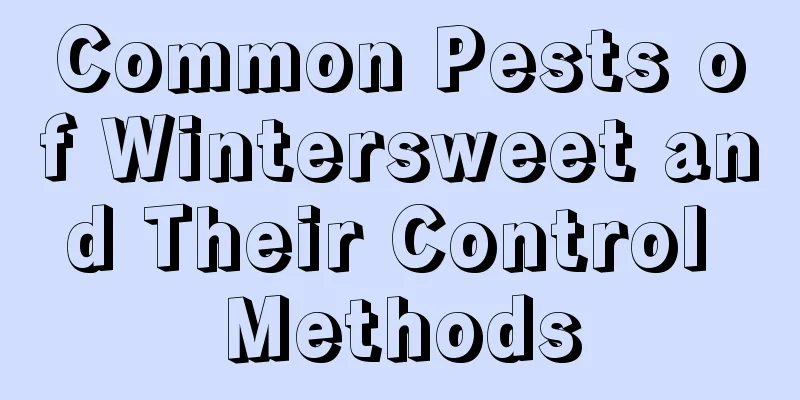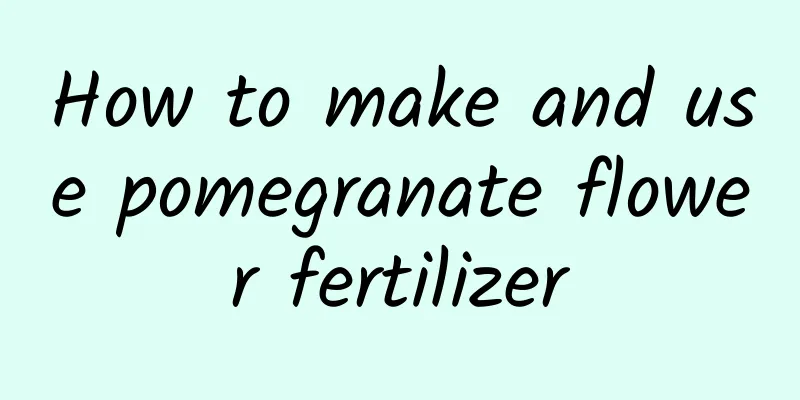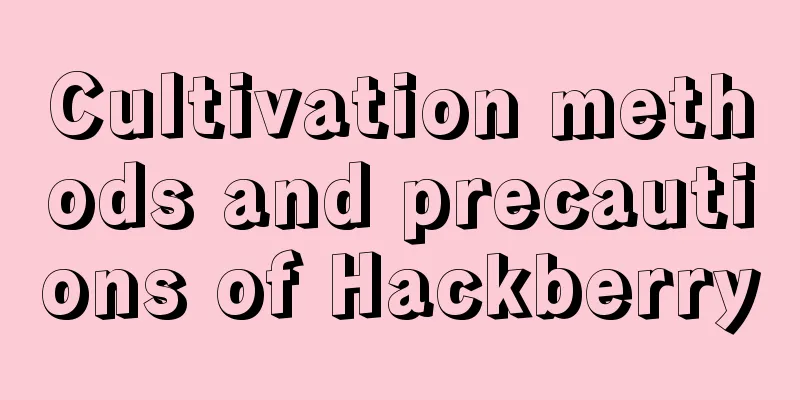Common Pests of Wintersweet and Their Control Methods

Wintersweet pests: Japanese wax scalesymptomNymphs and females suck sap from leaves and branches, often causing the leaves to turn yellow or sooty mold to develop. In the southern region, the females lay eggs in large numbers in mid- May , which hatch in mid- June . Male adults pupate and emerge in large numbers from late August to early September . This insect can spread the insect to other places by transporting infested seedlings. Prevention and treatment methodsIf a few plants are affected, they can be manually scraped off the branches. Preventive measures should be taken in daily life, and regular spraying of 1500 times diluted 40% oxydemeton-methyl emulsifiable concentrate or 1500 times diluted 50% carbofuran emulsifiable concentrate will have better effects. Wintersweet pests: cicadasymptomThis insect mainly harms flowers in winter. Its nymphs suck sap from the roots in the soil. The adults are more harmful and often cause branch death. Prevention and treatment methodsPay attention to searching for and killing newly emerged nymphs and newly emerged adults. You can use incense to kill the insects, make them fall, and then clean up the insect bodies. Fumigation is best done at night. At home, you can also wash out the sticky gluten from the dough and stick it on branches to catch adult insects. Pests of wintersweet: Big sedgesymptomThis insect is also known as the debt-avoiding insect, and is commonly known as the "hanged ghost." It is a pest that harms many types of flowers. When this insect appears on a plant, you can see that the leaves have been eaten into holes or notches by its larvae. They may even eat all the leaves on the branches, leaving only the leaf veins, which is very harmful. Prevention and treatment methodsThe protective capsule of the large moth is obvious and can be removed at any time to kill its larvae. However, this type of pest rarely occurs in household potted plants. In mid- July , spraying with 1000 times diluted 90% trichlorfon or 1500 times diluted 80% dichlorvos emulsifiable concentrate for prevention and control will have a better effect. |
<<: Disease and Pest Control of Cordyceps
>>: How to control mealybugs on the roots of Lithops
Recommend
The efficacy and function of winter melon
1. Relieve constipation Wax gourd is rich in plan...
When is the best time to sow chrysanthemum
Chrysanthemum sowing time Chrysanthemum is a pere...
What kind of soil is suitable for growing jasmine?
Jasmine soil Jasmine likes slightly acidic soil, ...
Can the colorful ivy be rooted in water?
1. Can it take root? The colorful ivy can take ro...
How many years does it take for oranges to bear fruit?
Introduction to growing oranges Oranges need a su...
Fennel seedling planting time and method
Fennel seedling planting time Fennel seedlings ar...
Moon Shadow Succulent Varieties
1. Types There are dozens of succulent varieties ...
Diseases and Pests of Dutch Chrysanthemum and Their Control
Diseases and their control of Dutch chrysanthemum...
What to do with dried jasmine leaves
1. Insufficient light The iron jasmine itself lov...
What diseases does polyoxin control?
Polyoxin is a polyoxypyrimidine nucleoside agricu...
When is the best time to repot gardenia? What month is the best time to repot?
Gardenia repotting time Gardenia needs to be repo...
How many years does it take for ginseng fruit to bear fruit?
Introduction to Ginseng Fruit Planting Ginseng fr...
Moonflower cultivation methods and precautions
Growth habits of moonflower The origin of moonflo...
How long does it take for Dancing Orchid to bloom in hydroponics?
1. How long is the flowering period? The flowerin...
What are the cultivation methods and precautions of Raindrop Succulents?
Raindrop succulent is easy to grow. It is one of ...









